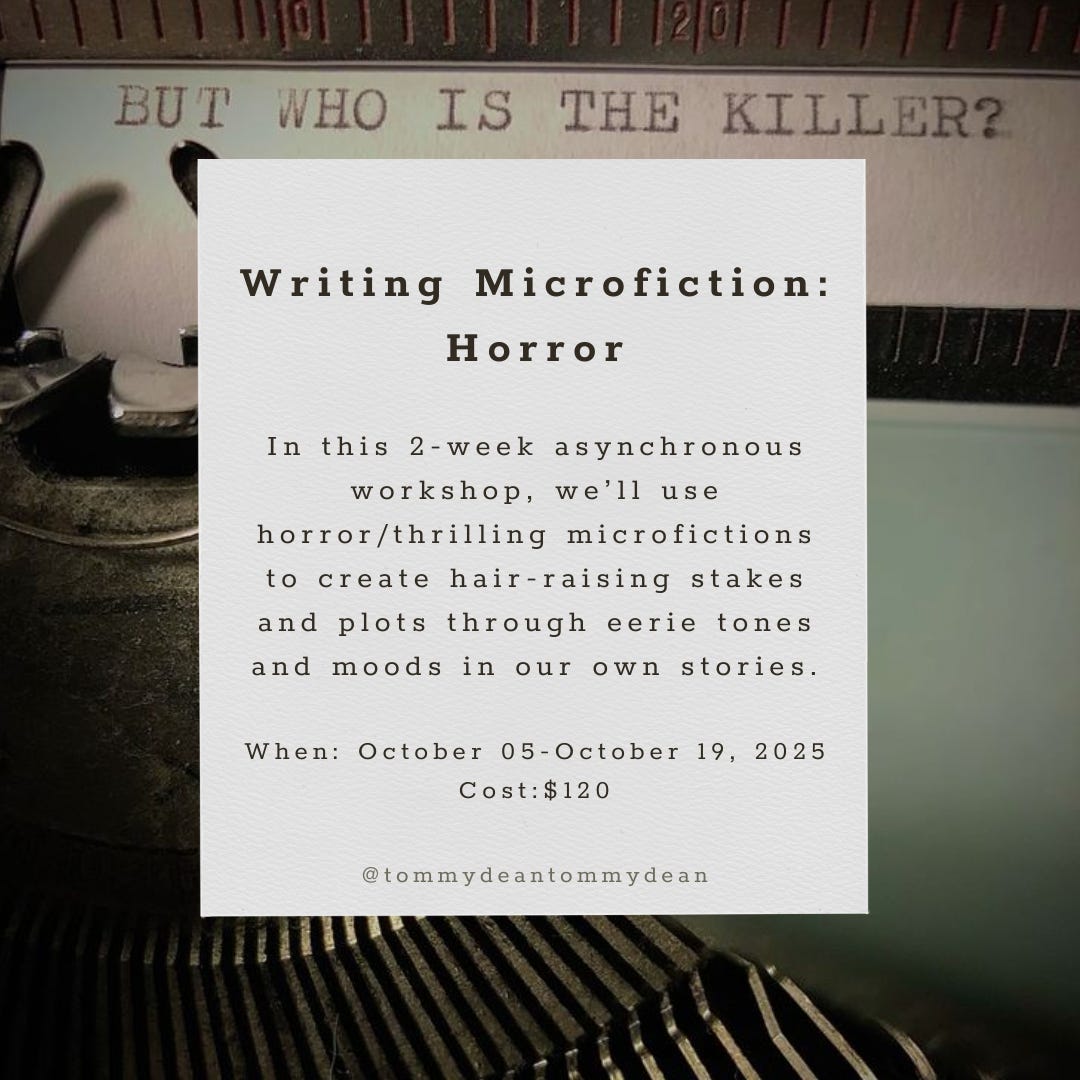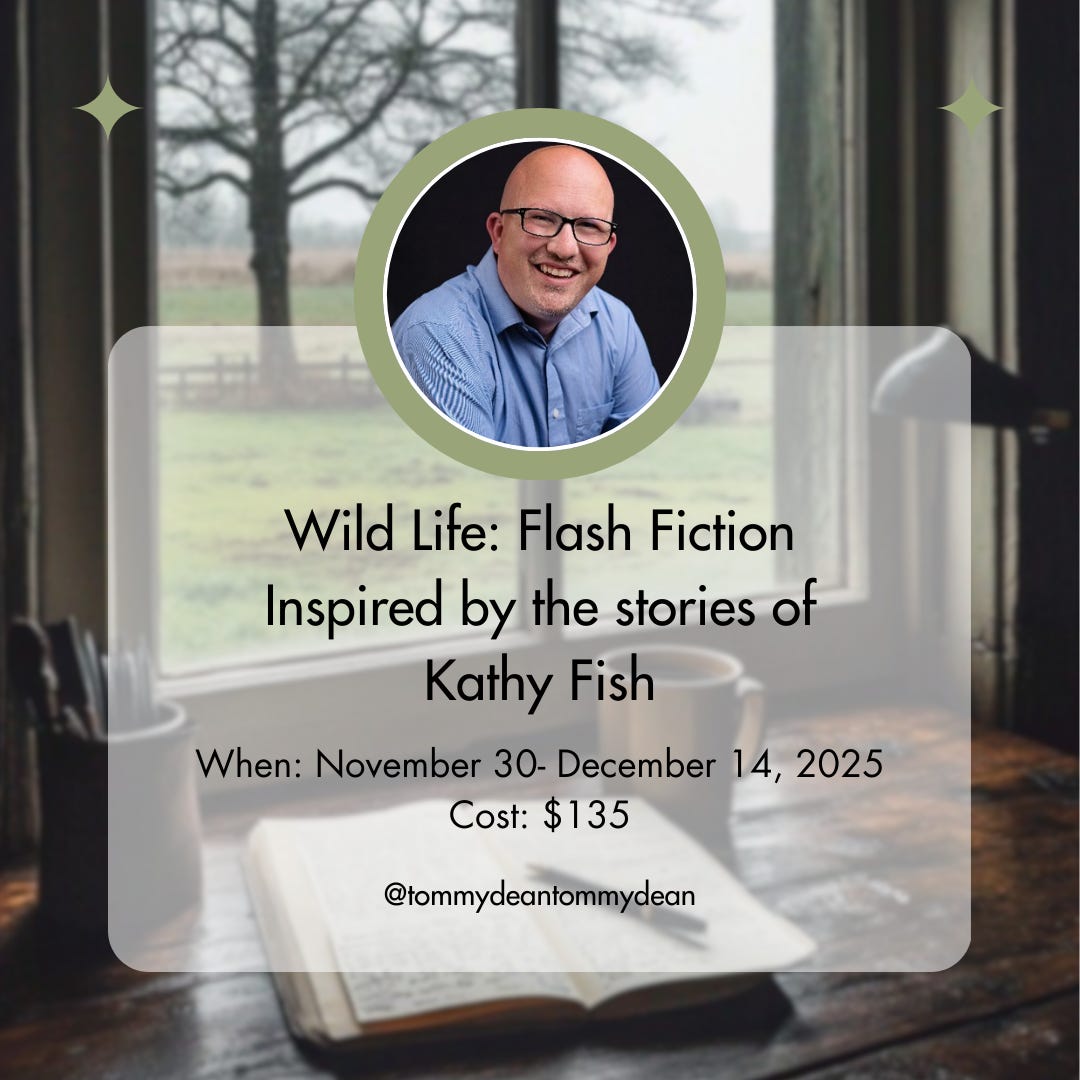While not a thriller or a book of suspense, Model Home by Eric Puchner is a great example of how to craft an opening to a novel that balances many different craft moves and still provides the reader with context, characterization, and a pulse of tension. All writing is a constant attempt at balance, deciding which craft elements to highlight to tell a specific story and a well-rounded depiction, along with a plot that keeps us reading. In Model Home, Puchner, a literary novelist, provides an example that even those well-suited to the thrill of genre can use to craft openings that intrigue and hook a reader.
Two days after his car-an'85 Chrysler LeBaron with leather seats and all-power accessories-vanished from the driveway, Warren Ziller crept past the expensive homes of his neighbors, keeping pace with his dog's limp.
Here, we start with a small mystery and a timestamp of when this mystery began. Mysteries, even small ones, are always disruptions to the status quo of our main characters, and we often want a disruption as soon as possible for compelling fiction.
Days that are like all normal days for our characters are often boring, and we don’t learn as much about them as quickly as we do when they have already bumped up against some small, but meaningful conflict. Notice too that our main character, Warren, is moving in this first sentence, not just walking, but he “crept.” And not through the murky cemetery at night, but “past the expensive homes of his neighbors,” and that he is not alone, but is walking a limping dog. Puchner has established so much about this main character in one sentence and has planted seeds of further conflict and disruption.
Buggy Whip Lane was shrouded in a mist that blurred his glasses. It was June, month of foggy mornings; vines of bougainvillea climbed the telephone poles and hung like tinsel from the wires. Warren tugged at Mr. Leonard’s leash, trying to keep to the narrow horse trail skirting the road. The wood chips at his feet sent up a pleasing funk of manure.
Here, we learn more about his character through the filtering of the details through his consciousness in this close third-person point of view. The setting is important to this story, and it’s important to Warren’s sense of self, so Puchner makes sure that we are put on the stage of the story immediately. This isn’t just any neighborhood, but one that is vitally important to our main character. Even his enjoying the “pleasing funk of manure” makes him unique and specific, and hopefully a character we want to know more about! Writer Anne Enright said, “Remember that all description is an opinion about the world. Find a place to stand. (or for your character to stand).” Here, we can make inferences about Warren’s worldview and his feelings in this moment based on how the details have been filtered through his specific consciousness. The narrator allows us to get very close to Warren and his thoughts, his likes and dislikes, as he’s moving through this vital setting.
He passed the Hathaway’s' and Wongs' and Dunkirks', the Temples ‘and Starchilds', each house white as a tooth, distinguished only by a lone cactus or bronze deer in the yard or surfboard tipped against the wall. There was something very appealing about these surfboards. They looked doomed and precarious but never seemed to fall over. He'd lived here three years and the sight of them still gave him a thrill. When he tried to define California to himself, to reckon the fathomless miles he'd traveled from Wisconsin, Warren always thought of these beautiful toys on the verge of collapse.
And here we go deeper into the setting, each word cementing the value and the weight of this place for our main character, and we learn more about the way he views this world, and a bit of backfill on where he used to live and where he is now, and how different these places are to him. But there’s more depth added to this section by the use of the surfboard as a central image, a controlling metaphor for the entire book, placed so neatly in this opening paragraph. Even in literary fiction, the use of metaphor as a foreshadowing tool can be used to draw the reader in, to make them curious.
Warren always thought of these beautiful toys on the verge of collapse.
Warren, we will find out, is in the middle of his own collapse, as the wider housing boom is too, and it’s in this setting, this story occasion, that we will see Warren’s character revealed through the pressure of the conflict, one that is just starting, or maybe started two days ago with the mystery of his vanished car.
Prompt: Your opening paragraphs in a 300-page book can do so much more than focus on the awakening of your main character or the exposition about an important town. Show us the importance of the setting by the way your character interacts with and briefly thinks about it. Get that character moving, acting, dealing with, or forced into reaction by a disruption. And find that controlling metaphor if you can. What are the external and internal pressures, and how might they mix to really mess with this character’s status quo?
Write with Me:
Agenting Appearances:





